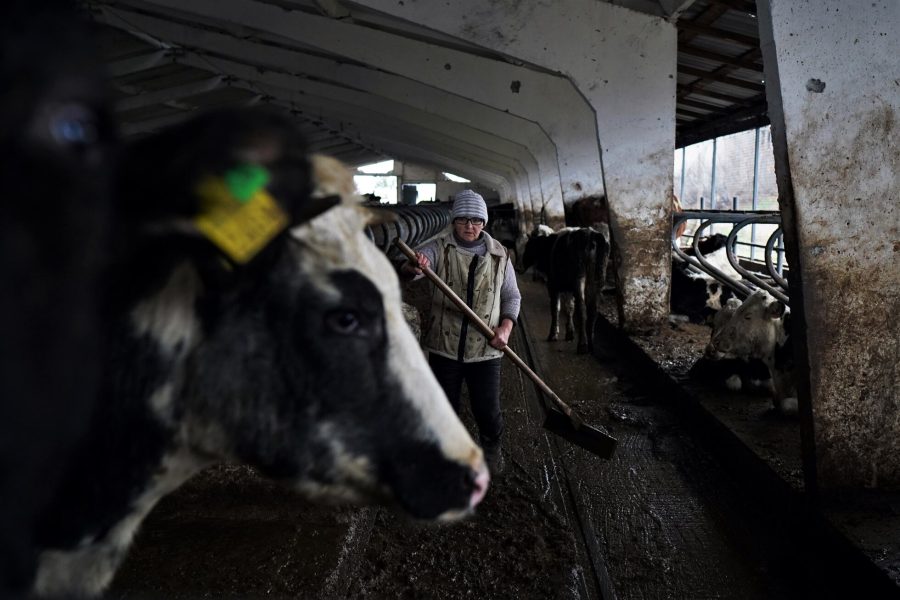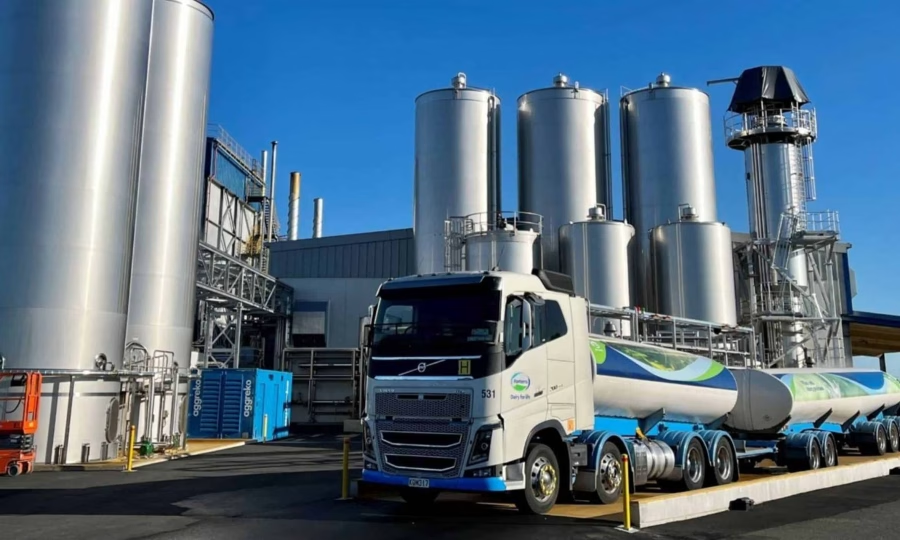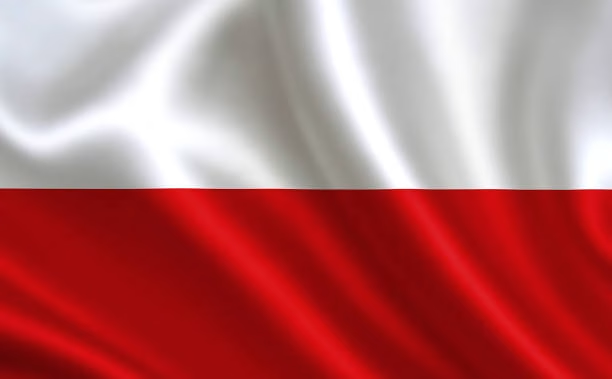Are you curious about rising cheese prices and why whey and nonfat dry milk are making headlines? Dive into our expert analysis to stay ahead of the market shifts.
Summary: The dairy market continues to show intriguing dynamics as we move through September 2024. Cheese prices, both barrel, and block, steadily climb, contributing to an overall uplift in Class III and Class IV futures. Notably, whey and nonfat dry milk prices have experienced a sharp rise, making a significant impact on the cash market. Concurrently, the Global Dairy Trade index experienced slight fluctuations, revealing varying trends in products like anhydrous milkfat, cheddar, mozzarella, and whole milk powder. The European Union’s milk production is up for the fifth consecutive month, adding a layer of complexity to the global market. Back home, the USDA’s latest report brings essential updates on national dairy product prices and federal milk marketing orders, highlighting significant increases in protein and Class III and IV prices. “At $20.66/cwt, Class III price finally sits above its long-term ‘normal’ price range,” notes the USDA report, underscoring a potential positive outlook for dairy farmers heading into the last quarter of the year.
- Barrel and block cheese prices are on the rise, positively impacting future prices of Class III and Class IV.
- Whey and nonfat dry milk prices have surged, significantly affecting the cash market.
- The Global Dairy Trade index shows mixed trends, with some products increasing in price while others decline.
- European Union milk production has increased for the fifth month in a row, adding complexity to the global market.
- The USDA’s latest report highlights significant increases in protein prices, as well as Class III and Class IV prices.
- Class III milk prices have surpassed their long-term ‘normal’ range, indicating a potentially positive outlook for dairy farmers.

Have you noticed a surge in your recent dairy sales prices? If you’ve been following the markets, you’re likely aware of the recent spike in cheese prices. Last week, barrel and block cheese prices climbed, albeit slower. But here’s the kicker: whey and nonfat dry milk costs have skyrocketed, with cash market prices now significantly higher than September futures. These aren’t just market fluctuations; they could dramatically impact your bottom line. Staying abreast of market movements is crucial, especially when future markets stagnate and spot prices rise. Cheese prices have increased, with blocks hitting $2.27/lb and barrels at $2.275/lb. Whey costs have surged to $0.5875/lb, and nonfat dry milk is now priced at $1.3650/lb. As we head into the busy end-of-year season, monitoring these trends will help you make informed decisions that could lead to a more cheerful Christmas.
| Product | August 30, 2024 (Price $/lb) | September 6, 2024 (Price $/lb) | Change ($) |
|---|---|---|---|
| Cheddar Cheese – Blocks | $2.2100 | $2.2700 | +0.0600 |
| Cheddar Cheese – Barrels | $2.2600 | $2.2750 | +0.0150 |
| Butter | $3.1700 | $3.1750 | +0.0050 |
| Dry Whey | $0.5600 | $0.5875 | +0.0275 |
| Nonfat Dry Milk | $1.3300 | $1.3650 | +0.0350 |
Cheese Prices on the Rise
Have you noticed an increase in cheese prices lately? Both barrel and block cheese prices are increasing, but at a slower rate than the previous week. This shift may have far-reaching consequences for dairy farmers and industry experts, as it could lead to increased profitability but also affect supply chains and consumer pricing.
Let us break it down. According to statistics from last week, block cheese ended at $2.27 per pound on September 6th, up $0.06 from $2.21 on August 30th. Similarly, barrel cheese prices grew by $0.015 to $2.275 per pound, up from $2.26 per pound the previous week. While these increases may seem minor, they indicate a long-term rising tendency.
Why does this matter? Higher cheese prices could be a boon for dairy producers’ bottom lines. The wholesale price situation indicates that Class III milk futures have risen to approximately $23.67 per cwt, up from $23.14 at the same time. If these prices hold steady, farmers could see a boost in income.
However, it is critical to evaluate the more significant ramifications. Higher cheese prices may result in higher short-term profit margins for producers. Still, they also knock on supply chains and consumer pricing. Maintaining profitability will require balancing profiting from rising pricing and minimizing operating expenses.
A topic worth considering is whether this incremental shift in cheese pricing indicates a longer-term trend or is only a transitory surge. Given the present market dynamics, farmers must plan and lock in favorable pricing via futures contracts.
Are you ready to manage these market shifts? The most recent statistics point to cautious optimism, although caution is still required. Keep an eye on these developments; they can change the dairy sector landscape in the months ahead. Remember, even in optimistic times, caution is your best ally.
The Unexpected Surge of Whey and Nonfat Dry Milk Prices
Whey and nonfat dry milk prices have grown dramatically, establishing themselves as notable participants in the dairy industry. According to the statistics, the cost of dry whey rose from $0.56/lb to $0.5875/lb in only one week, a 2.75 cent rise. Similarly, nonfat dry milk increased by 3.5 cents between $1.33 and $1.365 per pound.
So, what is causing these increases? Several elements come into play. The growing popularity of whey protein in the fitness and culinary sectors and its use as an addition to various processed meals are significant factors. The same applies to nonfat dry milk, often used in baking and dairy-based items. Additionally, global dairy market dynamics, such as the European Union’s consistent growth in milk collection, may have contributed to a demand-supply imbalance, leading to higher prices.
Another explanation might be the global dairy market dynamics. The European Union has seen consistent growth in milk collection for five months, which should contribute to a stable supply. However, growing prices indicate that demand may have outpaced supply, at least in the near term. This is visible in the United States and worldwide, as seen by the rise in nonfat dry milk costs in key exporting nations.
These shifts provide both difficulties and possibilities for dairy farmers and industry experts. On one hand, higher whey and nonfat dry milk prices may boost income. On the other hand, they may increase input costs for companies that rely on these products. It’s worth considering: have you seen any comparable patterns in your operations lately? How are the price increases affecting your business?
The Futures Market: A Crucial Litmus Test for Stability
The dairy futures market has been relatively stable over the last week, with prices trading sideways. This stability comes after high volatility, notably in Class III and IV futures. Table 2 shows that six-month strips for these classes remain over $21/cwt, suggesting a steady outlook shortly. September Class III futures are $22.77/cwt, with a progressive fall from October to February from $22.25/cwt to $19.51/cwt.
Class IV futures follow a similar trend, beginning at $22.34/cwt in September and falling to $21.55/cwt in February. These futures prices indicate that, despite modest swings, the dairy industry is preparing for higher-than-average prices in the next six months. The flat price movement may reflect market players’ expectations of stable demand and supply circumstances.
These developments have a significant impact on dairy producers. If implemented, the increased pricing might result in higher margins and revenues. A Class III price continuously over $21/cwt frequently results in more excellent milk checks, which improves profitability. This is a reason for optimism, especially when input prices remain high. The statistics demonstrate this potential, with Class III and IV spot market prices indicating strong demand.
Regarding component pricing, butterfat, and protein prices will likely remain generally consistent, supporting the projection for solid revenue. Over the next six months, butterfat will cost $3.49/lb, and protein will cost $2.44/lb. These measurements show that the dairy product mix will remain lucrative, boosting farmers’ revenue streams.
Dairy producers should take these findings into account when developing their production strategy. Locking in current futures prices via hedging methods may be a wise way to reduce possible adverse risks. Keeping a close watch on market developments will be critical as the sector navigates current pricing levels. The current stability provides a window of opportunity, but aggressive management will be required to capitalize on it.
Global Dairy Trade Index: A Complex Landscape
The Global Dairy Trade (GDT) index fell 0.4% at the most recent auction, which took place on September 3rd. This minor fall conceals a more complicated picture of worldwide dairy commodity pricing. While prices for anhydrous milkfat, cheddar cheese, mozzarella, and skim milk powder rose, the cost of whole milk powder, which has a considerable influence on the GDT, fell by 2.5%. These uneven developments reflect the various dynamics in the global dairy sector.
Comparative Price Analysis
Prices in the European Union (EU), Oceania, and the United States show significant variances. On September 1st, butter prices were highest in the EU at $3.52 per pound, followed by the United States at $3.18, and lowest in Oceania at $3.06. The United States led in skim milk powder/nonfat dry milk (SMP/NDM) prices at $1.31 per pound, followed by the European Union at $1.24 and Oceania at $1.19.
Whole milk powder (WMP) costs were most competitive in the United States, at $2.33 per pound. At the same time, the EU and Oceania lag at $2.02 and $1.60, respectively. Cheddar prices in the United States remained robust at $2.21 per pound, beating the European Union ($1.97) and Oceania ($1.98). The GDT auction matched similar patterns, with prices for Cheddar and Mozzarella rising by 0.9% and 7.0%, respectively. Anhydrous milkfat prices rose 0.7%, but butter prices declined 0.9%, reflecting the worldwide market’s complicated supply and demand dynamics.
Impact on Local Markets
These global developments will undoubtedly influence local markets. Domestic prices have outperformed overseas quotes, which may comfort American dairy producers. However, the modest dip in the GDT index may temper hopes of future price stability. With more excellent prices for specific items such as butter, European markets may face additional pressure to stay competitive. Conversely, the drop in whole milk powder prices may provide difficulties for farmers who rely primarily on this commodity in international commerce.
Finally, remaining educated and adaptive will be critical for dairy farmers and industry stakeholders as they manage these changing global patterns. Have you seen these effects on your operations yet? Reviewing your tactics in light of the changing market circumstances may be necessary.
European Milk Production on the Rise: What It Means for the Market
Milk production in the European Union has steadily increased, with collections reaching 12,611,000 metric tons (27.80 billion pounds) in June 2024. This is an increase of 41,000 tons (90.4 million pounds) or 0.33% over June 2023. Five countries—Germany, France, the Netherlands, Poland, and Italy—accounted for more than 64% of the total, illustrating where the manufacturing powerhouses are.
France stands out with a 55,000-metric-ton gain, significantly contributing to total growth. Austria and Spain also experienced significant increases, with 11,700 and 11,200 metric tons respectively. Conversely, Italy saw the most essential fall, dropping by 33,700 metric tons, followed by the Netherlands and Ireland, which fell by 26,300 and 13,600 metric tons, respectively.
In the first half of 2024, European milk output increased by 0.9%, totaling 667,000 metric tons (1.47 billion pounds). This steady increase in supply, particularly from large players like France, has the potential to affect both global dairy prices and local markets dramatically. An increased supply typically stabilizes prices, but if it exceeds demand, it may cause prices to fall. This situation may help consumers in the near term but may provide issues for manufacturers with narrower profit margins.
Furthermore, more excellent European production may raise competitiveness in global markets, especially for exporters from other areas. Local markets in Europe may have varying effects, with places seeing production increases benefitting from economies of scale. At the same time, those with diminishing production may face narrower margins and less control over price fixing.
USDA’s Latest Report: Critical Updates for Strategic Planning
Last Wednesday, the USDA issued its most recent data on August national dairy product and component prices. These updates provide valuable information for dairy producers and industry stakeholders. Let’s look at some of the critical changes and their ramifications.
Starting with butter, prices fell by less than a cent from July (from $3.121 to $3.114 per pound). Despite this tiny decline, butterfat prices remain historically high, at $3.56 per pound. Even with modest swings, this consistency may help farmers who depend heavily on butterfat for revenue.
Protein costs grew significantly, climbing 23 cents per pound from July to $2.18/lb. While this price is more than the nutritional cost of producing one pound of protein (about $0.90/lb), it is still lower than the long-term average, which ranges between $2.53 and $2.93 per pound. Nonetheless, the increase in protein pricing is a favorable trend for dairy producers prioritizing protein output.
Class III and IV milk prices also exhibited significant increases. The Class III price rose to $20.66 per hundredweight (cwt), up $0.87 from $19.79 in July. This rise eventually pushes the Class III price over its long-term average, which is between $18.55 and $20.20/cwt. Similarly, Class IV prices increased, hitting $21.58/cwt, nearly $2.75 higher than their long-term range of $18.00 to $19.60. Such changes may improve profitability for dairy producers, particularly those working on tight margins.
Understanding these tendencies is critical to effective strategic planning. For example, the rise in protein costs presents an opportunity to capitalize on protein-rich goods, resulting in increased income. Furthermore, consistently rising butterfat pricing may induce a rethink of breeding and feeding strategies to increase butterfat yield. Finally, rising Class III and IV prices indicate a more robust market situation, allowing farmers to expand their businesses confidently.
These market dynamics are not isolated data; they represent a larger picture of a generally good trend in the dairy business. Dairy farmers and industry experts may better manage the market’s complexities by being educated and adapting to changes.
The Bottom Line
Looking forward, it’s evident that the dairy sector is in a state of substantial transformation. Cheese prices continue to climb but at a slower rate than previously. The sharp rise in whey and nonfat dry milk pricing demonstrates the market’s unpredictability. Futures markets are stable, with Class III and IV prices well over $21/cwt, indicating that dairy producers may get positive news before the end of the year. Global variables, such as fluctuations in the Global Dairy Trade Index and expanding European milk output, add to the complexity. The USDA’s most recent statistics highlight key pricing swings that may influence strategic planning.
Staying educated about these developments isn’t just advantageous; it’s necessary. The dairy market’s volatility requires ongoing awareness and rapid change to ensure profitability and sustainability. How will you respond to the shifting market conditions? Staying current with industry news and trends enables you to make educated judgments. Keep your ears on the ground and your eyes on the horizon.
Learn more:
- 2024 Dairy Market Outlook: Increased Cow Numbers, Higher Prices, and Revised Production Forecasts
- CME Dairy Update: Milk Futures and Cash Prices Drop on Tuesday, Cheese Barrels Climb
- Chicago’s Dairy Market in Flux: A Look at Rising Milk Futures and Dairy Prices
 Join the Revolution!
Join the Revolution!
Bullvine Daily is your essential e-zine for staying ahead in the dairy industry. With over 30,000 subscribers, we bring you the week’s top news, helping you manage tasks efficiently. Stay informed about milk production, tech adoption, and more, so you can concentrate on your dairy operations.







 Join the Revolution!
Join the Revolution!













